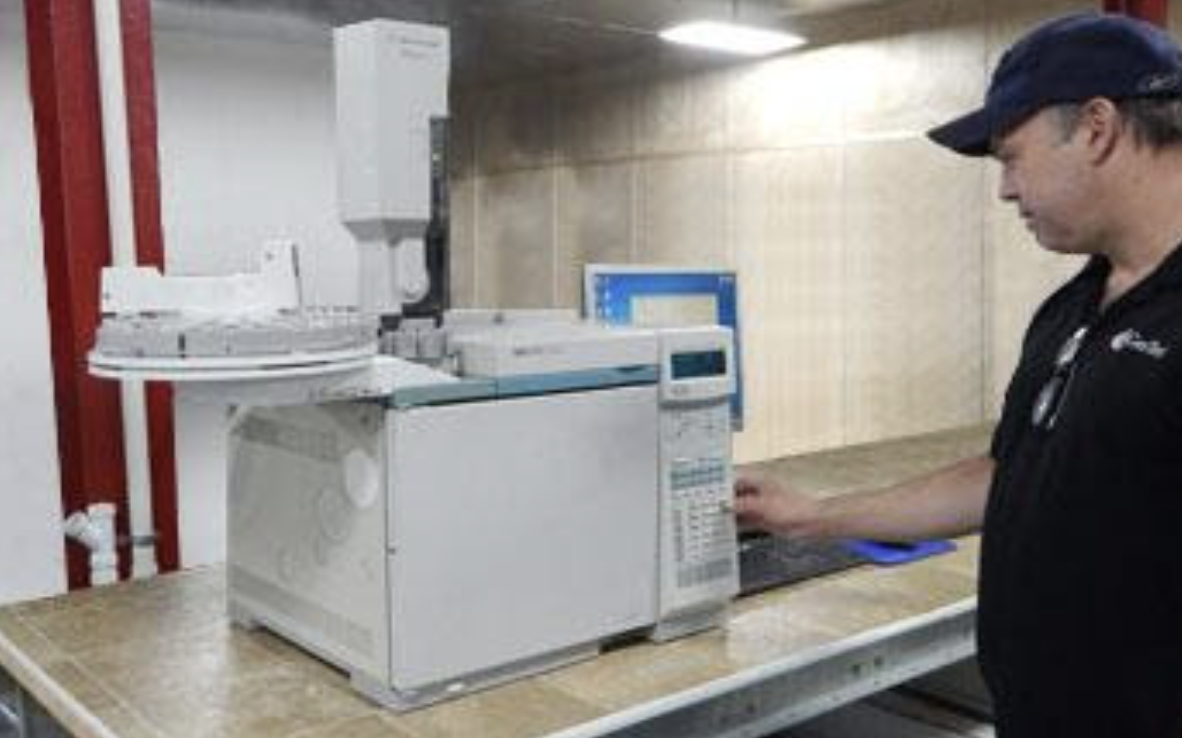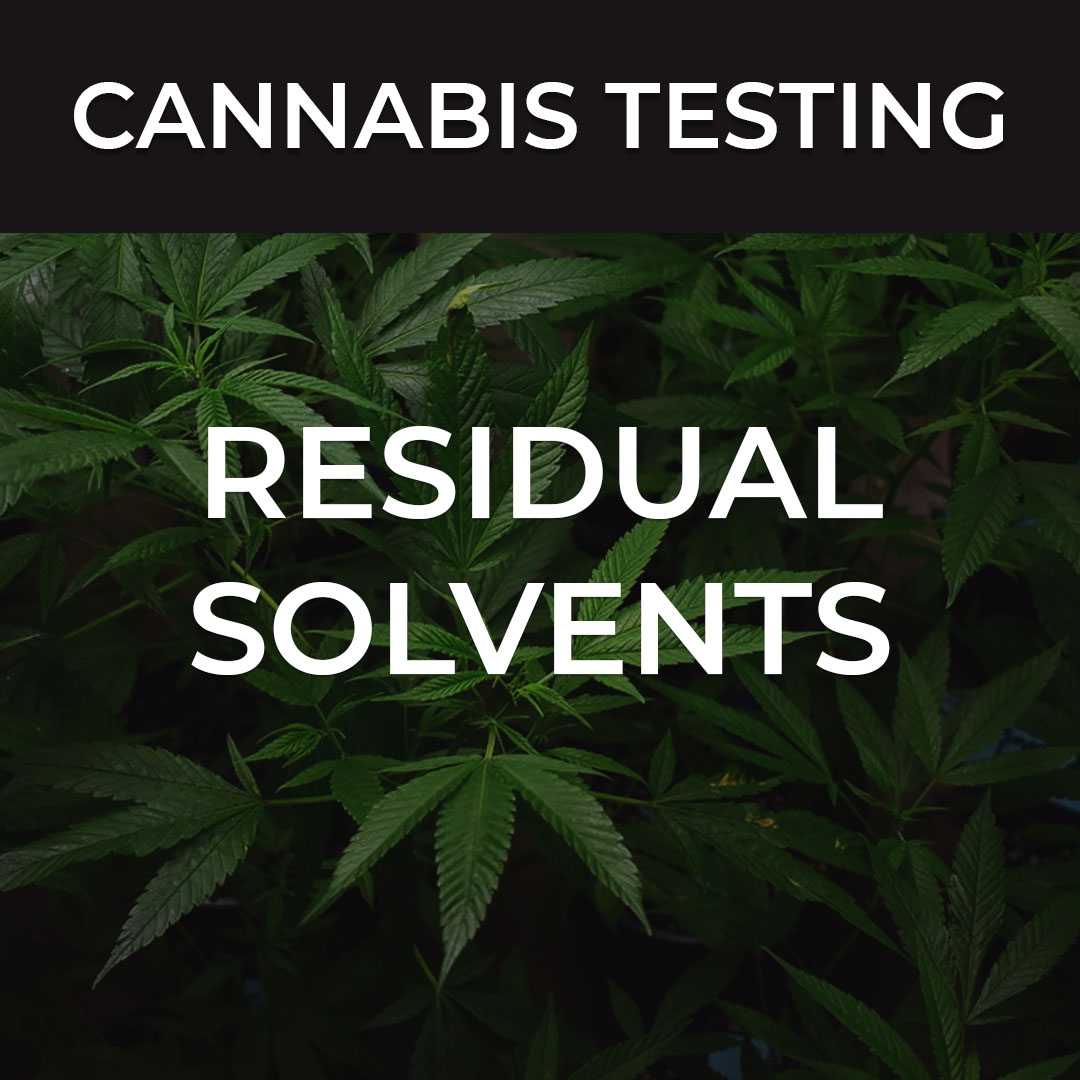
Residual solvent analysis is important for any highly concentrated forms of cannabis. When butters, oils, wax, and shatters are created, solvents are used to extract the cannabinoids from the physical plant material.
Some of the most used solvents and trace residues for extracting cannabinoids from cannabis include:
Acetone
Butane
Ethanol
Heptane
Hexane
Isopropanol
Pentane
Propane
There are three classes
of residual solvents based on their assessed risk to human health. Repeated exposure to residual solvents can cause significant health issues to patients, including allergic reactions, headaches, nausea and more.
Class One
Solvents to be avoided because they are known carcinogens, suspected carcinogens, and environmental hazards.
Class Two
Solvents are to be limited. These may be possible causative agents or other irreversible toxicity like neurotoxicity.
Class Three
Solvents have low toxic potential and should be the only solvent used for extracting cannabinoids from cannabis materials.

Residual solvents are analyzed using gas chromatography with a flame ionization detector (FID) and a headspace autosampler. Some of the common solvents and trace residues used for extracting cannabinoids from cannabis include: Acetone, Butane, Ethanol, Heptane, Hexane, Isopropanol, Pextane & Propane.
